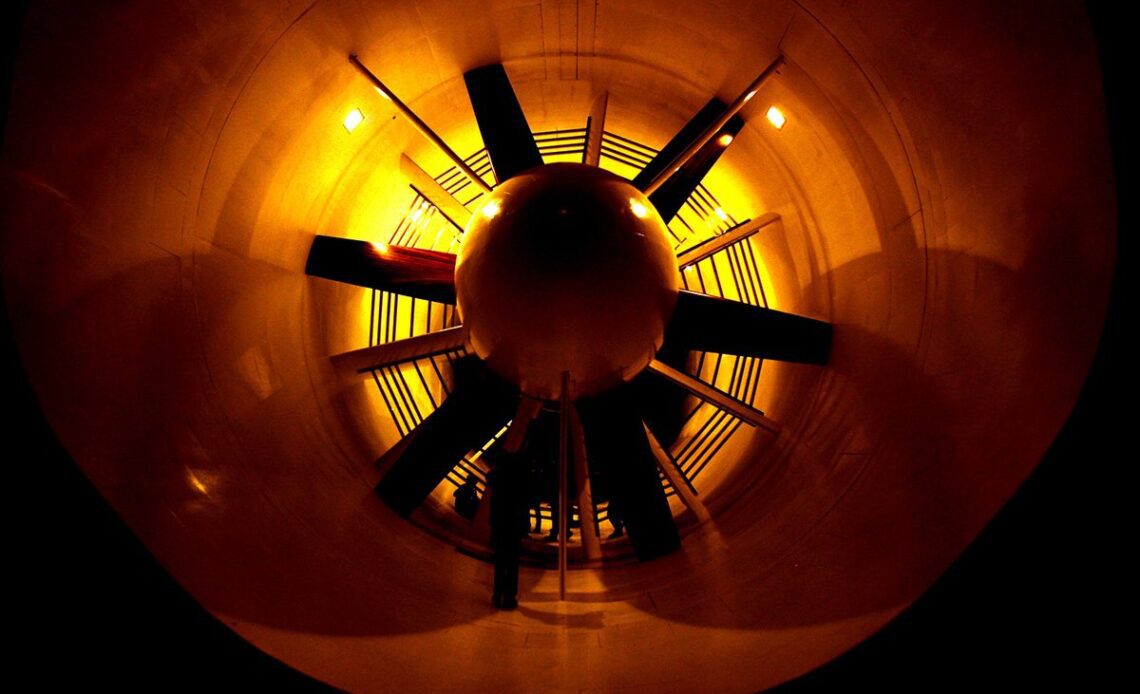As part of its punishment for breaching last year’s cost cap, Red Bull was handed a $7 million dollar fine and a 10% reduction in windtunnel time as part of F1’s aerodynamic testing restrictions.
The extra loss of windtunnel running will mean Red Bull is heavily compromised compared to Mercedes, which gets a lot of extra running as the result of finishing third in the constructors’ championship.
According to F1’s sporting regulations, Red Bull as constructors’ champions should have been allowed 70 percent of the full windtunnel running, which equates to 224 runs within a single aerodynamic testing period, of which there are six in a year.
Second placed Ferrari should get 75% and 240 runs in that period, with Mercedes on 80% and 256 runs.
But as the result of Red Bull’s drop, it will now only get 63% of the allocation and 202 runs.
This means Mercedes gets approximately 27% more windtunnel allowance and windtunnel runs.
Speaking about the challenges of closing up the gap to Red Bull this winter with the F1 cost cap in place, Mercedes boss Toto Wolff reckons the aero testing deficit could be something that makes an impact.
Asked if a recovery was more difficult now that there was a spending limit, Wolff said: “I think it’s harder because you can’t really invest more in order for the outcome to come quicker.
“But I think how the aerodynamic regulations are designed, and the penalty that they’ve gotten, it’s 25% less windtunnel and that can have an effect,” said Wolff.
“The way that the regulations, the ATR restrictions, have been set in place means there are teams that are further back who can really make a big jump compared to the front runners.
Red Bull windtunnel
Photo by: Red Bull Content Pool
“That’s also the reason why we will see much closer championships in the future because if you are last, you will have 40% more.
“So, clearly that is an advantage that you have to utilise. Is it a given that we can utilise it? Who knows?
“They [Red Bull] are a brilliant racing team. It will give them an extra motivation and against Ferrari, it’s seven percent. But it’s around marginal gains and we have been a bit closer to Ferrari in the last quarter of the season.”
Mercedes was held back this year by pausing development of its W13 as it chased cures for the car’s early season porpoising problems.
But once it got on top of the core issues, it was able to make rapid improvements and managed to dominate…
Click Here to Read the Full Original Article at Autosport.com – Formula 1 – Stories…

